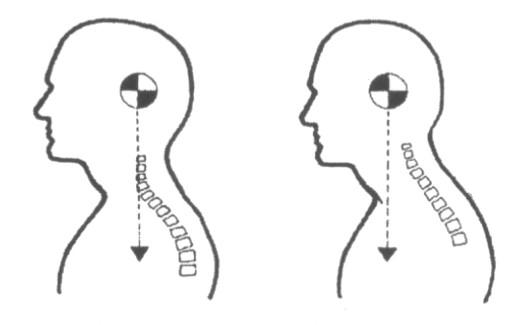Most exercisers have their favorite activities, and they tend to only stick to them. An example of this is bicyclist. They tend to only ride their bikes. How fit does this make them? In order to be fit, I feel that as many as possible of the 16 components of fitness should be developed.
How many of this list do you work on?
The following article does a great job of explaining this concept.
Complete Fitness: What’s Healthy Exercise?
Frederick C. Hatfield II, MS, MFS, CSCS
The International Sports Sciences Association has identified
16 components of fitness. These are:
1. Limit strength
2. Starting strength
3. Explosive strength
4. Agility

5. Flexibility

6. Static Balance & 7. Dynamic Balance
8. Local Muscular Endurance
9. Speed Endurance
10. Cardiovascular Endurance
11. Muscle Mass
12. Percent Body Fat
13. Freedom from stress
14. Freedom from disease
15. Preventive lifestyle (includes proper nutritional habits
and reducing risk factors)
16. Mind/Body/Spirit Connection – Being “at peace” with
yourself
Even for the average “Mr. And Mrs. Jones”, all components of
fitness have an effect on preventing cardiovascular disease. With this in mind,
the following table charts how the components of fitness help prevent cardio
vascular disease. The effects of “light exercise” has on each of the components
(based on the studies documented in recent studies) is also noted. An example of Light Exercise might be walking. Light Exercise doesn't raise the heart rate enough to leave you catching your breath. What is Light Exercise for one individual might be very intense for another. It depends on your current level of conditioning.
How The Components of Fitness Help Prevent Cardiovascular
Disease
Component
|
How
|
Benefits of Light
Exercise?
|
Cardiovascular Endurance
|
Promotes heart, respiratory, vascular fitness.
|
Low or Non-existent
|
Freedom From Stress
|
Lowers the daily demands placed on the heart.
|
Possible
|
Freedom From Disease
|
Obvious benefits.
|
Low or Non-existent
|
Preventive Lifestyle
|
Improves vascular functioning as well as direct benefits
to the heart and respiratory system
|
Low or Non-existent
|
Body Composition (Reasonably Increased Muscle Mass and
Decreased Body Fat)
|
Lowers the demands on the heart by increasing vascular
functioning.
|
Low or Non-existent
|
Limit Strength, Starting Strength, Explosive Strength
|
Factors involved in improving Body Composition
|
None
|
Local Muscular Endurance
|
Improves cardiovascular and Cardiorespiratory functioning
|
Low or Non-existent
|
Mind/Body/Spirit Connection
|
Lowers Stress Level
|
Possible
|
Agility, balance and speed endurance may play an indirect
effect by providing
components needed for enjoyable activities.











